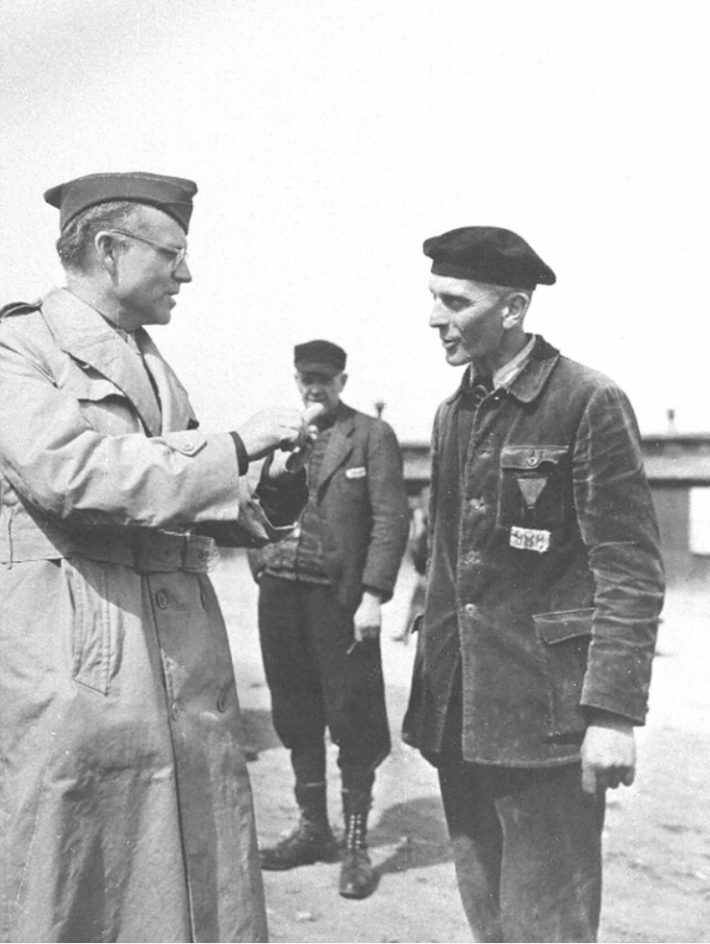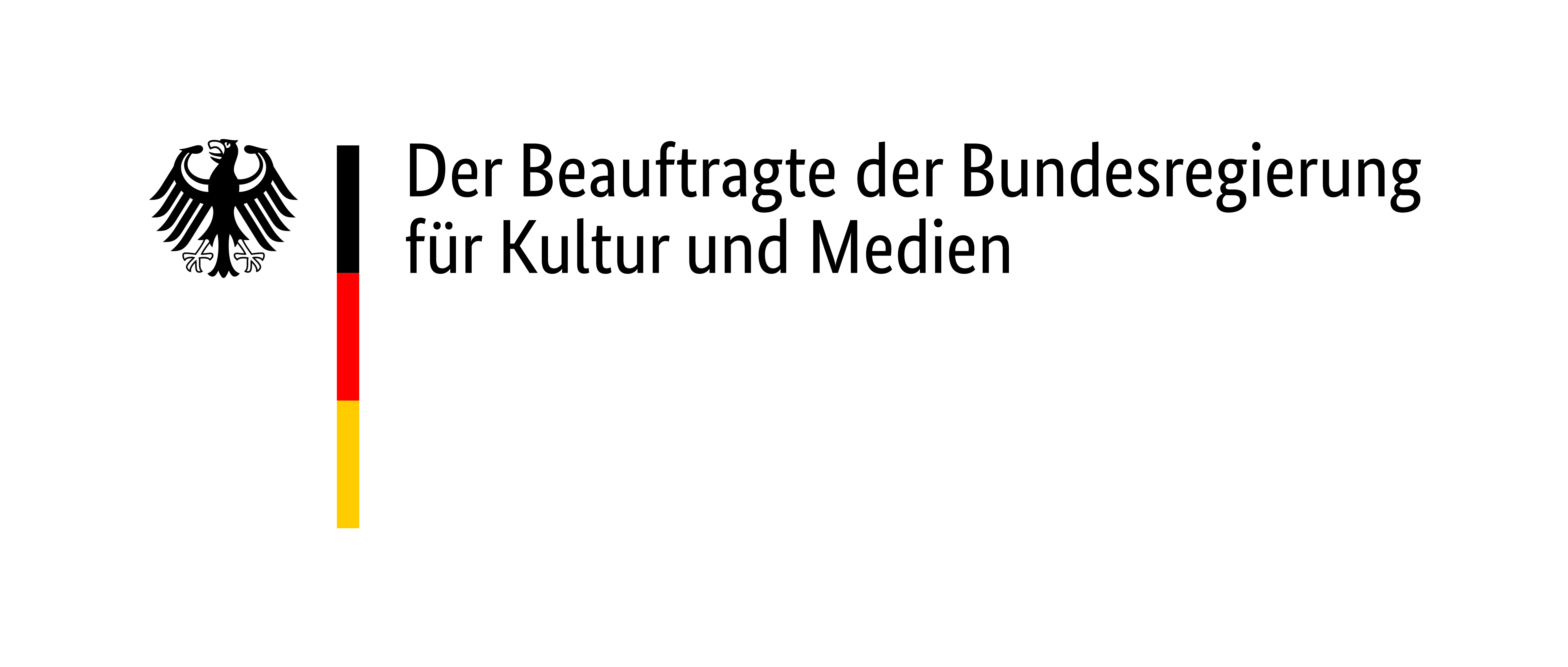
Walter Bartel, a German survivor and member of the International Camp Committee, describes the Committee’s press work after liberation:
“After the Americans marched into the camp, there was an invasion of correspondents from every country, radio reporters, photojournalists and other members of the press. They flooded the camp and interviewed every prisoner. Obviously, the individual inmate could only offer a very subjective picture of Buchenwald’s history. The International Camp Committee therefore commissioned its press and information department, which was run by Georg Krausz, former foreign editor of the R[oten] F[ahne], to produce factual and responsible reports. Reports from the camp were compiled by his department with the assistance of many comrades from other sections.”
Letter from Walter Bartel to the Central Committee of the German Communist Party, 20 August 1945. Buchenwald Memorial






In the days and weeks following liberation, scores of representatives from the international press flocked to Buchenwald. Reports, photos and film footage were sent around the world. For a time, the camp was the focal point of American and Western European reporting on the concentration camps. On 15 April 1945, millions of people listened to the report “What I saw at Buchenwald” by the American reporter Edward R. Murrow. Survivors accompanied reporters around the grounds and described the conditions in the concentration camp.

